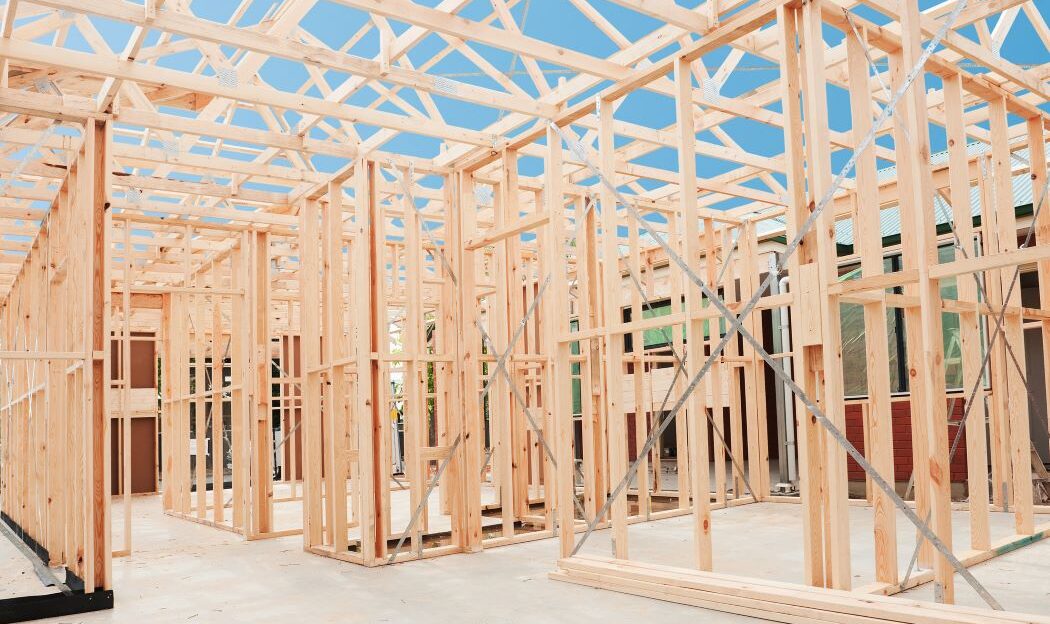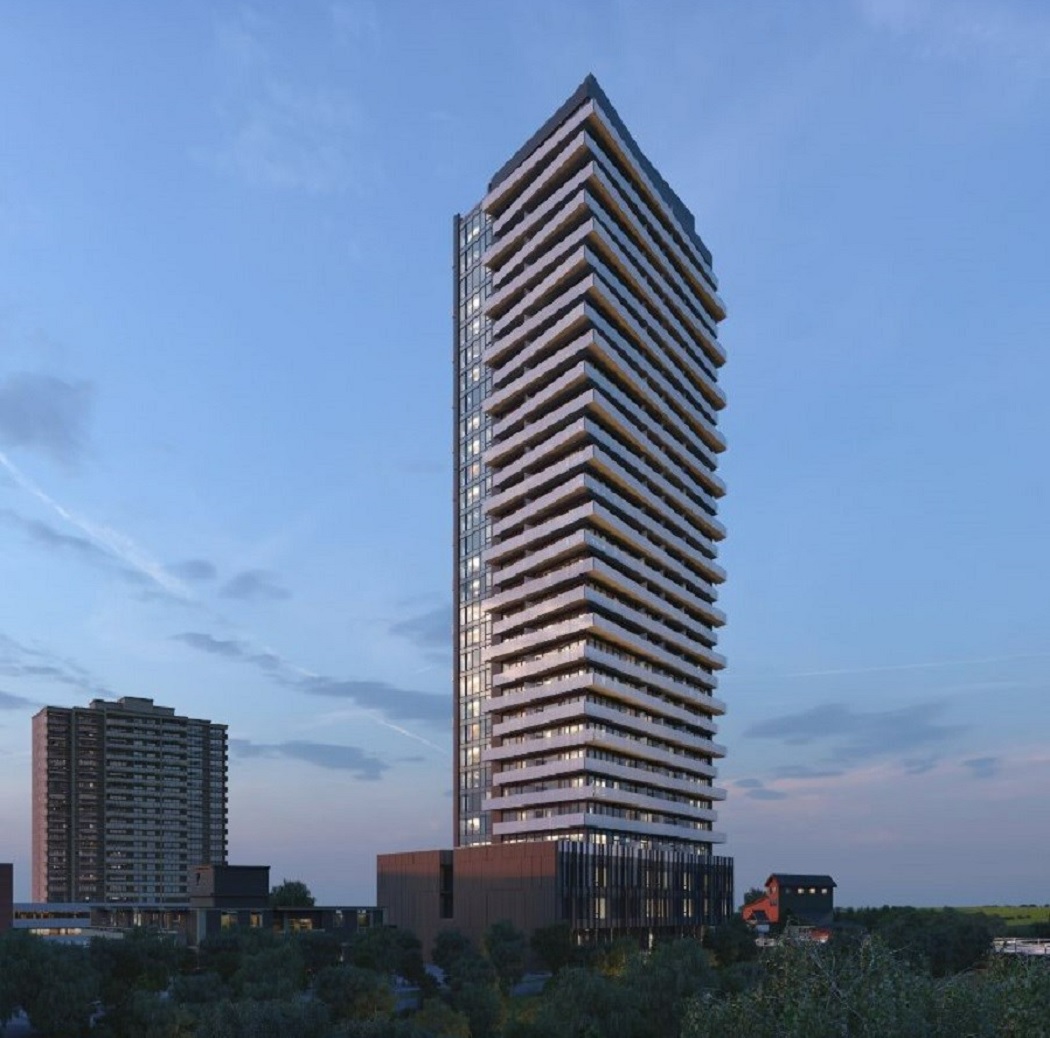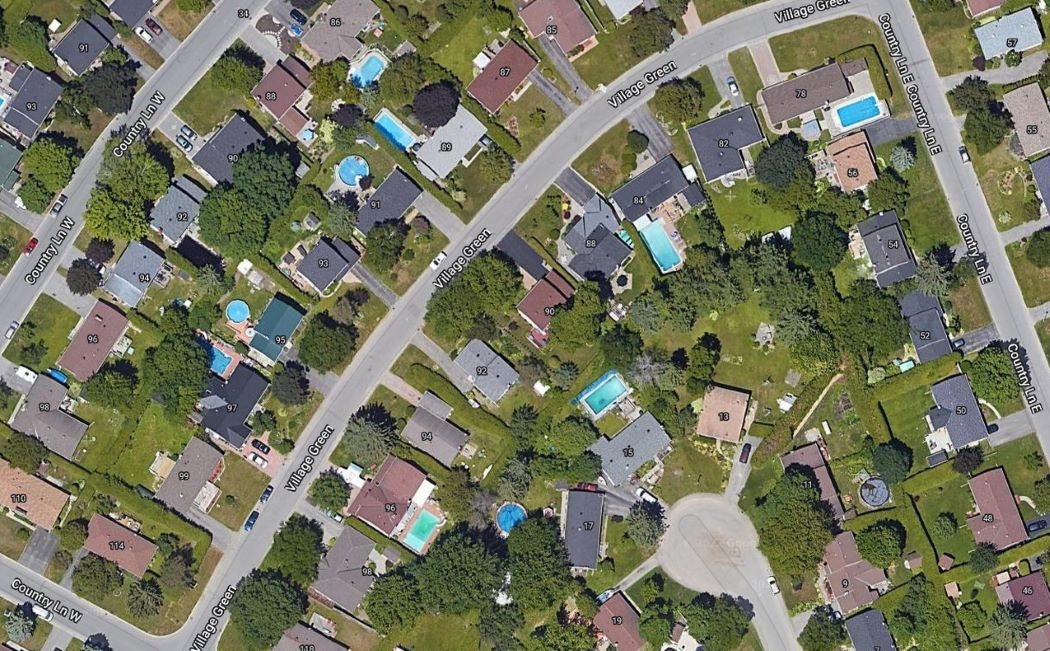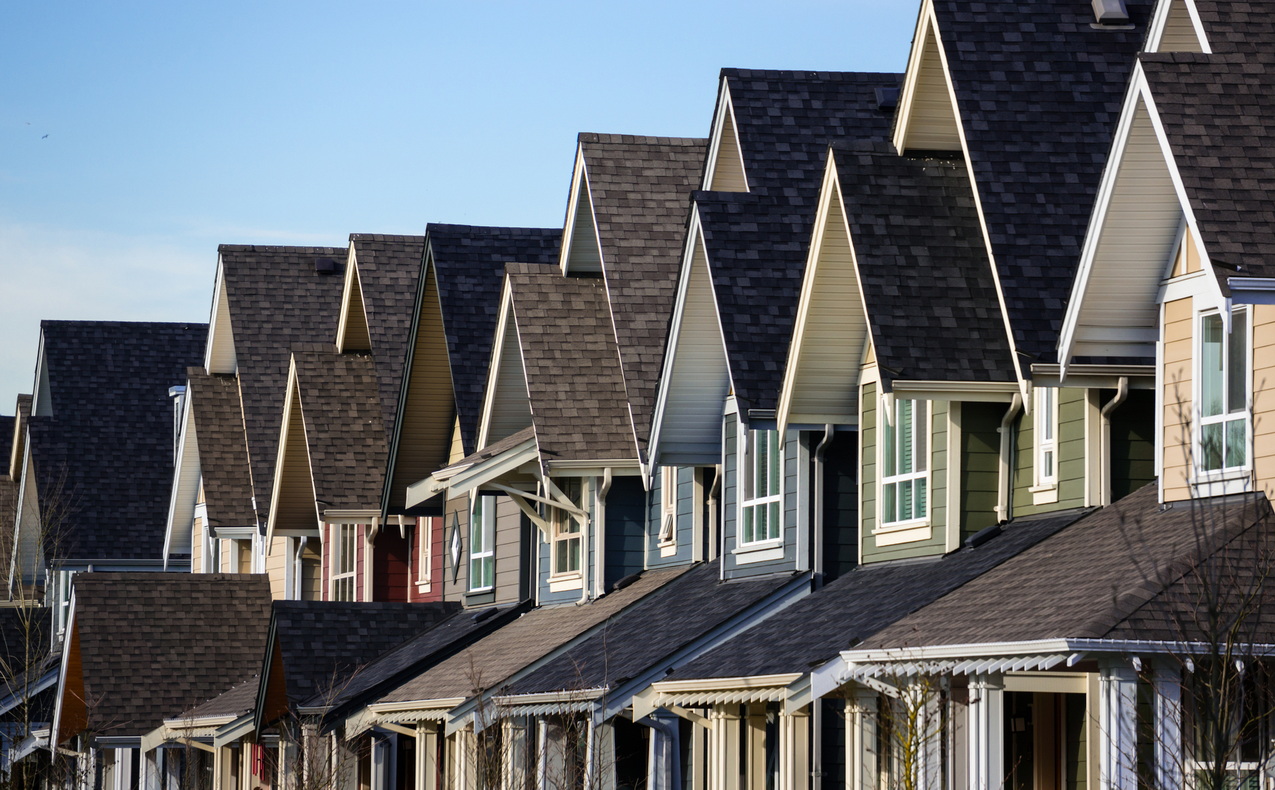Now that the Ford government has introduced Bill 23, its often-contentious legislation intended to address Ontario’s housing crisis and known as the “More Homes Built Faster Act,” what do we know about the bill, its ramifications for Ottawa and, most importantly, its viability?
Commentary on the bill has been rife, with everyone from municipal politicians to residents, special interest groups, the building industry and the media weighing in on the pros and cons of the complex, far-reaching legislation.
So, where do we stand at this juncture, both as a province and a city?
Jump right to:
- How the bill came to be
- Ottawa’s new-home goals
- Economic realities
- Labour challenges
- Zoning and local control
- The environment and a changing Ottawa
Background to Bill 23
Ontario’s housing crisis is a fact. Indeed, a report from Scotiabank Economics earlier this year said Ontario is the country’s worst performer when it comes to housing stock, and the spiralling unaffordability of homes in cities like Toronto, Ottawa and elsewhere has been the stuff of news coverage for the past couple of years.
Recognizing the seriousness of the problem, the Ford government in 2021 convened a housing affordability task force, which made 55 recommendations to help Ontarians find and buy a home. Those recommendations included the construction of 1.5 million homes over the next 10 years, a move that would help would-be buyers deal with a market that has seen house prices nearly tripling over the past decade while both rental and owned homes fell into short supply, especially during the pandemic.
The task force’s other proposals included zoning changes to allow more homes to be built, reducing an individual’s ability to appeal a proposed development to the Ontario Land Tribunal and speeding up the municipal approval process for new developments, a process that is legendarily sluggish in many cities, including Ottawa.
The provincial government jumped on the task force’s report, making those 1.5 million homes an election promise earlier this year and, in October, introducing the related legislation with its proposed sweeping changes to current housing regulations.

Bill 23 and new-home goals in Ottawa
The province’s new-homes goal for Ottawa is 151,000 by 2031 (a report from the University of Ottawa’s Smart Prosperity Institute says the city needs 100,100 homes to meet housing needs).
Canada-wide, more homes were being built at the beginning of this year than in past decades as developers shifted their focus to high-rises and smaller units, according to Canada Mortgage and Housing Corp. (CMHC). In Ottawa last year, construction started on 9,402 homes in Ottawa, the highest number in any year since amalgamation in 2001.
However, third-quarter numbers from the Canadian Home Builders’ Association show a tightening of housing supply in both the single-family and multi-family unit markets because of rising interest rates, high construction costs, slowing sales and other factors. The market slowdown means 55 per cent of CHBA members are building fewer units and 24 per cent are cancelling projects.
In Ottawa, housing starts would need to escalate radically to come even close to the goal of 151,000 new units by 2031.
As well, the city’s own Official Plan, adopted one year ago, calls for fewer than 80,000 new homes over 10 years.
Mayor-elect Mark Sutcliffe has promised to facilitate the construction of 100,000 new homes in the next decade, including 1,000 community housing units each year, without expanding the urban boundary. His election platform called for cutting red tape on the approval process, reducing or eliminating city fees for projects where at least 20 per cent of the units are affordable and other strategies.
Having a municipal housing target is a “critical step because you need to have a measurable goal,” says Jason Burggraaf, executive director of the Greater Ottawa Home Builders’ Association. “It’ll help the city to focus on a deliverable and say what is in our jurisdiction that encourages the construction of homes and, perhaps more importantly, what’s in our purview — processes, (development) charges etc. — that inhibits achieving our housing goals.”
Burggraaf thinks achieving the target of 151,000 new homes is possible, if hinderances like labour shortages and the slow municipal development approval process are ameliorated. “It’s not going to be easy, but if we continue to build our capacity at about 1,000 additional new homes a year, we could hit it.”

Economic realities & Ontario’s housing crisis
The pandemic induced a home-buying frenzy in Ottawa and elsewhere, with prices soaring and builders unable to keep up with demand as buyers, motivated by everything from hoping to avoid another price increase to FOMO (Fear of Missing Out), snatched up everything that came on the market.
That trajectory was blunted earlier this year as rising interest rates, inflation and buyer fatigue took hold. New-home sales have since plummeted, with September seeing a scant 89 sales compared to 343 last September — and the lowest number for that month since 1981.
Minister of Municipal Affairs and Housing Steve Clark recently told reporters at Queen’s Park that, while increasing interest rates, inflation and slow economic growth will hamper construction in the short term, provincial efforts to slash red tape will boost house construction in the future.
However, with buyers already keeping a tight hold on their wallets and a recession widely predicted for the coming months, it’s uncertain where buyers for these homes will come from.
In a related development, three of Canada’s Big Five banks say the percentage of mortgages with more than a 30-year amortization doubled in the three-month period from the end of April to the end of July, an indication that homeowners with a variable rate mortgage are under stress as interest rates continue to climb sharply.
Claridge Homes’ recent decision to cancel a Hintonburg condo project because inflation, soaring interest rates and other costs had pushed unit prices beyond what buyers were willing to spend was a sobering reminder of how vulnerable the market has become. Claridge vice-president Neil Malhotra has said it’s the first time in the 20 years he’s been with the company that such a project has been cancelled.
The Minto Group and an affiliated company, which have proposed high-rise towers in the Glebe and Hintonburg (the latter project was opposed by the city and is under review at the Ontario Land Tribunal), is taking a “wait-and-see” approach to both projects in the face of market and economic conditions.
“The net effectively is a $10,000 increase on the cost of units.”
Cities are contributing to the pricing problem, says Malhotra. He points to two recent bylaws in the City of Ottawa: the Community Benefits Charge that replaces and — he says — expands an existing charge on new buildings over five storeys, as well as an increase in the land set aside for parks (or cash-in-lieu of) by high-rise developers. “The net effectively is a $10,000 increase on the cost of units.”
The new-home market should eventually cycle up again as inflation and the recession recede, but the price hikes that have already sidelined many would-be homeowners, especially first-time buyers, are not about to be reversed. Short of suddenly building much smaller homes with far fewer features and aggressively increasing the number of new, less-expensive-to-build apartments, it’s hard to imagine how the industry can respond to the pricing dilemma.
And even though the new-home market will eventually recover, BuildForce Canada, which provides labour market information for the construction sector, forecasts in its Construction and Maintenance Looking Forward report for the residential market that annual housing starts across Eastern Ontario will recede from a record high of 12,500 this year to 10,000 by 2025 as population growth slows, interest rates rise and housing costs increase.
Finally, it’s worth remembering that a recession and other factors three decades ago caused new-home sales in Ottawa to tumble from 5,830 in 1992 to 2,190 three years later and stay relatively low until 1999. That’s a long time, no matter what sort of lofty construction goals may have existed.

Labour woes & Ontario’s housing crisis
As Burggraaf notes, the current labour market is a stumbling block in the race to resolve Ontario’s housing crisis.
The pandemic saw a combination of retiring workers, a precipitous drop in immigration due to travel restrictions and a slowdown in the training of new skilled workers. That exacerbated an already-fraught labour market in the residential construction sector.
The pandemic also saw the price of building materials soar and availability often plunge because of supply chain disruptions. Supply chains are now in better shape and prices have eased, but material costs are generally still far above pre-pandemic levels.
All that has left many builders struggling to complete homes on schedule while maintaining a profit, the latter now made even tougher by rising interest rates.
To help meet the labour shortage, the Ontario government has changed apprenticeship rules to increase recruitment and is collaborating with the federal government to improve the pool of qualified potential immigrants, for example by adjusting credential recognition. Ontario Labour Minister Monte McNaughton has said he’s confident the labour shortage can be overcome.
However, CMHC recently said that, even with labour at peak levels of availability and efficiency, forecasted housing starts over the next several years won’t be nearly enough to achieve housing affordability in Ontario, B.C. and Quebec.
At best, said the agency, labour availability will allow for a 30 to 50 per cent increase in housing starts over the next eight years. That may not augur well for resolving Ontario’s housing crisis.
Recognizing that homebuyer preferences may not always be for apartment living, CMHC suggested more high-rise building because it appears to require a smaller labour demand than low-density housing, as well as increasing the conversion of existing buildings (downtown offices may continue to sit empty long after the pandemic) into residences.
One more ingredient for the labour stew: BuildForce Canada says that while 50,000 Ontario construction workers — about 20 per cent of the workforce — will likely retire over the next decade, a decline in residential construction activity plus the recruitment of new workers will mean an overall reduction in labour requirements. The group is predicting a surplus of almost 5,300 workers by 2031.

Zoning and loss of local control
Taking the lead from its housing affordability task force, Bill 23 plans to tackle Ontario’s housing crisis through changes to how and where homes are built, with increased density the result.
Those changes include elimination of exclusionary single-family-home zoning, which has traditionally blocked densification in some older neighbourhoods. For example, under the bill, up to three units could be built on a single residential lot anywhere in Ottawa without the owner having to go through an onerous zoning change application.
“(A) homeowner would have the right to add two apartments to their existing house, or a property owner could construct a new building that contains three separate units,” according to the CBC’s Joanne Chianello. That could well signal a change in the character of older neighbourhoods, like sections of Orléans, Kanata South and Alta Vista, where a single-family home on a lot is the rule of thumb, says Chianello.
Under the legislation, the building of more “missing middle” residences — multi-unit buildings of three to four storeys with up to eight units each — would also be encouraged, enabling more people to live on a given piece of property while avoiding the construction of towers.
Bill 23 calls as well for the reduction or elimination of development charges to builders of affordable and similar units, with the goal of increasing housing availability to those now priced out of the market. Those charges help pay for municipal infrastructure, including sewers, roads and the like.
The legislation also calls for increased densification around transit hubs, already a growing reality in Ottawa thanks to the LRT, and slashing red tape in the municipal building approval process. “One of the strongest signs that our approval process is not working: of 35 OECD countries, only the Slovak Republic takes longer than Canada to approve a building project,” says the provincial housing affordability task force.
Malhotra would like to see Ottawa step up even more on the zoning front.
“The municipal government needs to put a zoning bylaw in place that actually reflects what they ask for (in intensification),” he says. “In Ottawa, we’ve been talking about intensification since 2000, when the city was merged, and we never put in a bylaw that reflects those intensification goals. That needs to be done really quickly. It’s a three- or four-year process now. It needs to be just done.”
For better or worse, the new provincial legislation aimed at battling Ontario’s housing crisis includes a lot of other provisions that essentially wrest control from municipal governments, reports Chianello. For instance, site plan control — which enables a city to influence the exterior appearance of a building, among other things — is being removed or drastically curtailed to speed up the approval process.
As well, residents of existing neighbourhoods targeted for development could find it a lot tougher to voice their objections. According to an article in the Globe and Mail, a provision in the bill “would bar ‘third parties’ who are not the developer or the municipality involved, such as residents or environmental groups, from challenging a project before the province’s land tribunal.”
“If the provincial government gets its way, Ottawa will be much larger 10 years from now, both in urban area and population.”
As recently predicted by Ottawa Citizen columnist Randall Denley, the provincial government has finally approved Ottawa’s Official Plan, which will guide development until 2046, but made changes to bring the city’s new residential construction numbers in line with Bill 23’s goal of tackling Ontario’s housing crisis. Those changes include expanding the urban boundary by 550 hectares, increasing height restrictions along smaller corridors and removing policies that are meant to protect existing rental housing.
Ottawans, who are used to having council deeply engaged in planning issues, won’t like the provincial takeover, according to Denley, who adds that achieving provincial goals can only be accomplished by both intensifying development and expanding the urban boundary.
“If the provincial government gets its way, Ottawa will be much larger 10 years from now, both in urban area and population. Expect a pitched battle from Ottawans who oppose urban boundary expansion and those concerned about ambitious intensification,” he says.
“People have to realize that the city needs more housing. The province’s new approach will push us in that direction, like it or not.”

The environment and a different Ottawa
Some critics of Bill 23 have serious concerns about its impact on the environment. They argue, for example, that the legislation will encourage further urban sprawl, with its deleterious impact on everything from local farms to efforts to reduce car emissions, while doing too little to encourage more intense development within existing urban and suburban areas.
Among critics’ concerns are the limitations Bill 23 imposes on conservation authorities like the Rideau Valley Conservation Authority, which traditionally assists with the review of planning applications for Ottawa. The bill basically restricts the authorities’ comments to natural hazards and flooding when it comes to the planning approval process. That’s a short-sighted understanding of the expertise and long-range thinking organizations like the Rideau Valley Conservation Authority can bring to municipal planning and growth, especially in an era of burgeoning climate catastrophe.
The Ford government, which already has a cringe-worthy record on the climate and environment front, has also asked conservation authorities to look at their holdings, which include wetlands, as sites for possible development.
“It’s going to potentially unleash one of the biggest reductions in biodiversity and losses of habitat that we’ve just seen in decades,” Phil Pothen, a land use planning and environmental lawyer and Ontario program manager for Environmental Defence, recently told CBC Radio.
In a recent move, the Ontario government has also backtracked on an earlier promise never to open protected greenbelts to housing by allowing 50,000 homes to be built on 7,400 acres of Toronto’s greenbelt. In exchange, the government will add 9,400 acres in different areas to the 1.8 million-acre belt of wetlands and other environmentally sensitive lands that surrounds Toronto and the Golden Horseshoe.
Critics of the move say it’s a classic bait-and-switch, that the new lands to be added are already protected, and that there will now be increased pressure on the government to turn more greenbelt land over to development.
At the neighbourhood level, Bill 23 could also have negative environmental effects, as Kitchissippi Coun. Jeff Leiper worries. “How are we going to allow three units on a lot and at the same time presumably preserve room for trees?” asks Leiper, whose ward has had the most intensification in Ottawa.
With Ottawa’s tree canopy ravaged by everything from the 1998 ice storm and the emerald ash borer to the 2017 tornado and this spring’s derecho, it’s an important question.
“There’s a lot of question marks,” Leiper continues, “but at this point in everyone’s analysis today, I think cities are going to look different in parts of the city that have looked the same for a very long time.”
For an incisive primer on Bill 23, visit the business law firm Osler.




